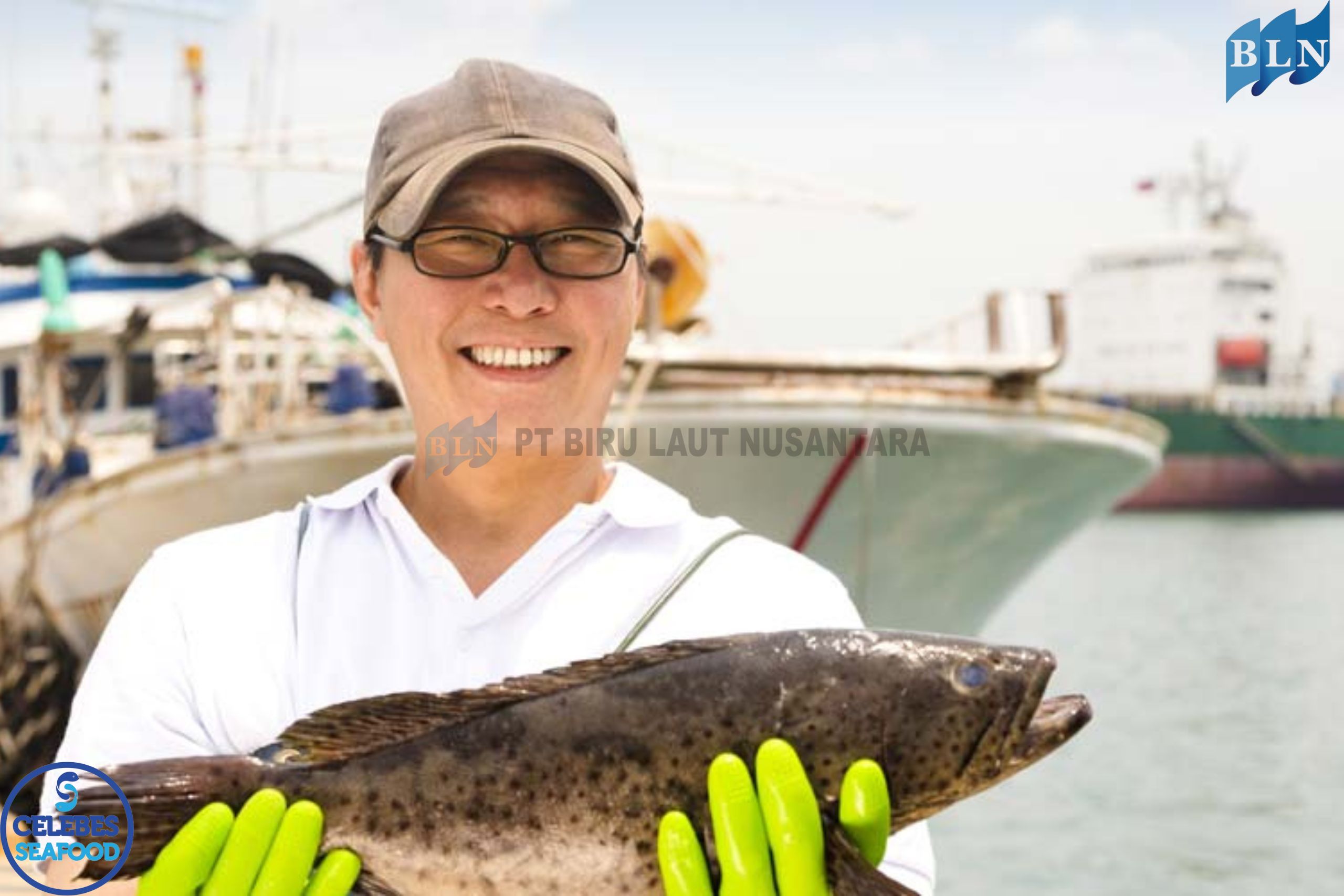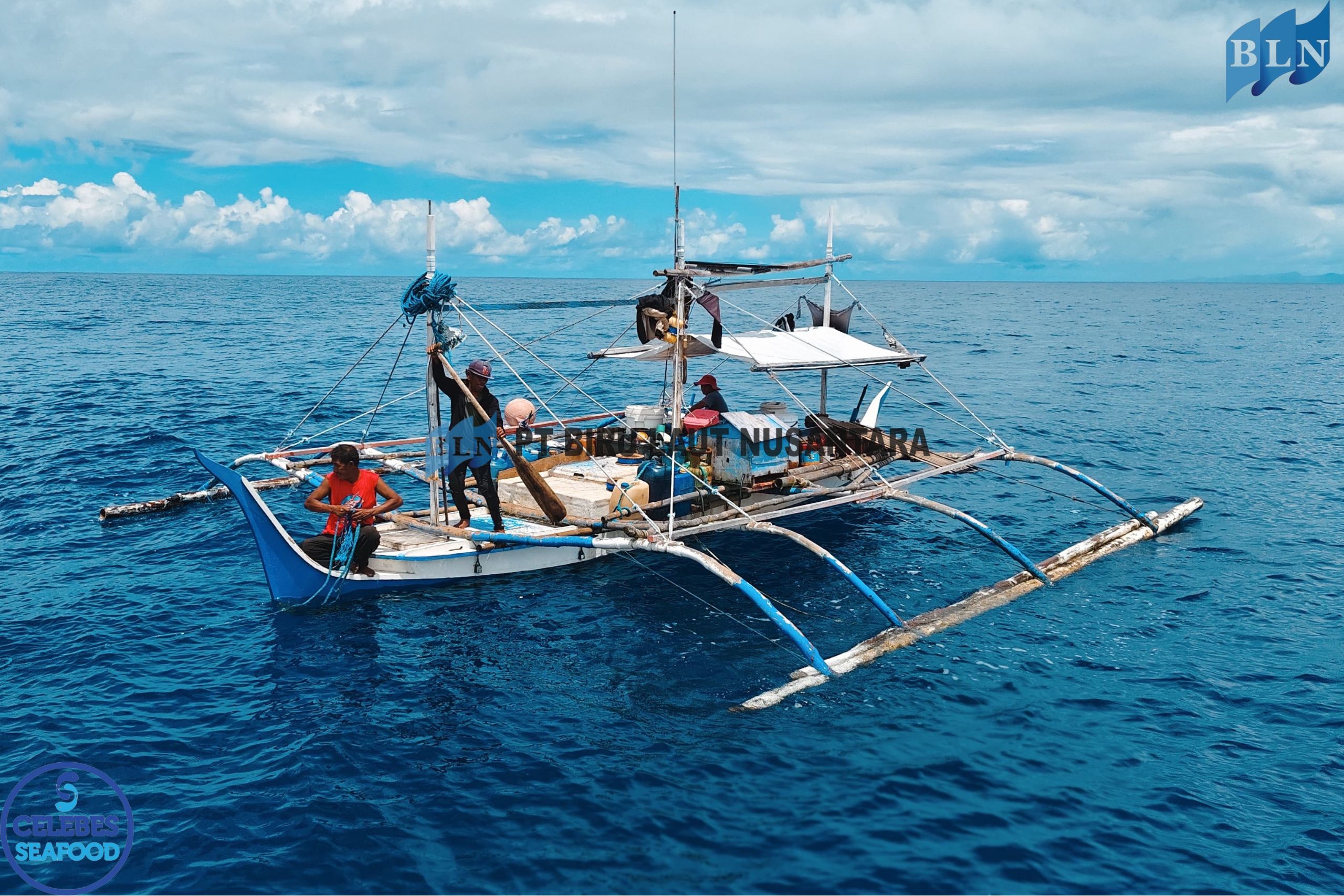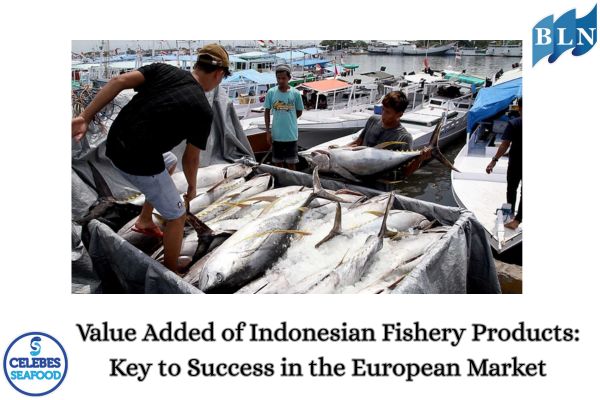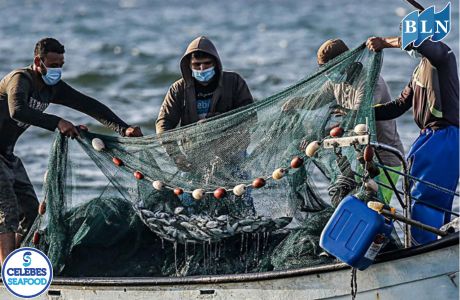Factors Contribute to Disease Susceptibility in Shrimp Farming
By. Nevanda - 27 Sep 2023
lautnusantara.com - Disease outbreaks in shrimp farming can be devastating, causing massive shrimp mortality, reduced growth rates, and a decline in product quality. Several factors can contribute to disease susceptibility in shrimp farming. Understanding these factors is crucial for implementing effective disease management strategies. Here are some of the key factors that make shrimp susceptible to diseases:
1. Diverse Pathogens
Shrimp can be affected by a variety of pathogens, including viruses, bacteria, and parasites. Common shrimp diseases include White Spot Syndrome Virus (WSSV), Early Mortality Syndrome (EMS), and Vibrio infections.
2. High Stocking Density
Intensive shrimp farming often involves high stocking densities, which can create a favorable environment for disease transmission.
Read also: These Are Some Nutrition You Get from Sea Cucumber
3. Water Quality
Poor water quality, characterized by high ammonia levels, low dissolved oxygen, and inadequate filtration, can stress shrimp and make them more susceptible to diseases.
4. Stress Factors
Handling, transportation, and fluctuations in environmental conditions can stress shrimp, weakening their immune systems.
5. Temperature Fluctuations
Shrimp are ectothermic, meaning their body temperature is regulated by the surrounding environment. Rapid fluctuations in water temperature can stress the shrimp and make them more susceptible to diseases.
6. Nutritional Imbalance
Inadequate or imbalanced nutrition can weaken the immune system of shrimp. Providing a diet that lacks essential nutrients can increase their susceptibility to diseases.
Read also: Exploring the Distribution of Sea Cucumber
7. Genetic Factors
Some shrimp species or strains may be more genetically predisposed to certain diseases. Selective breeding programs aim to develop disease-resistant strains, but not all shrimp may have the same genetic resistance.
8. History of Disease Outbreaks
Previous disease outbreaks on a shrimp farm can leave behind residual pathogens and stress factors in the environment, making it more likely for future outbreaks to occur.
To mitigate the risk of disease susceptibility in shrimp farming, it is essential to implement robust biosecurity measures, maintain optimal water quality, provide balanced nutrition, and monitor the health and environmental conditions of the shrimp population closely. Additionally, early disease detection and rapid response are critical to minimizing the impact of diseases when they do occur.
Read also: The Vital Role of Mangrove in the Fishing Industry








